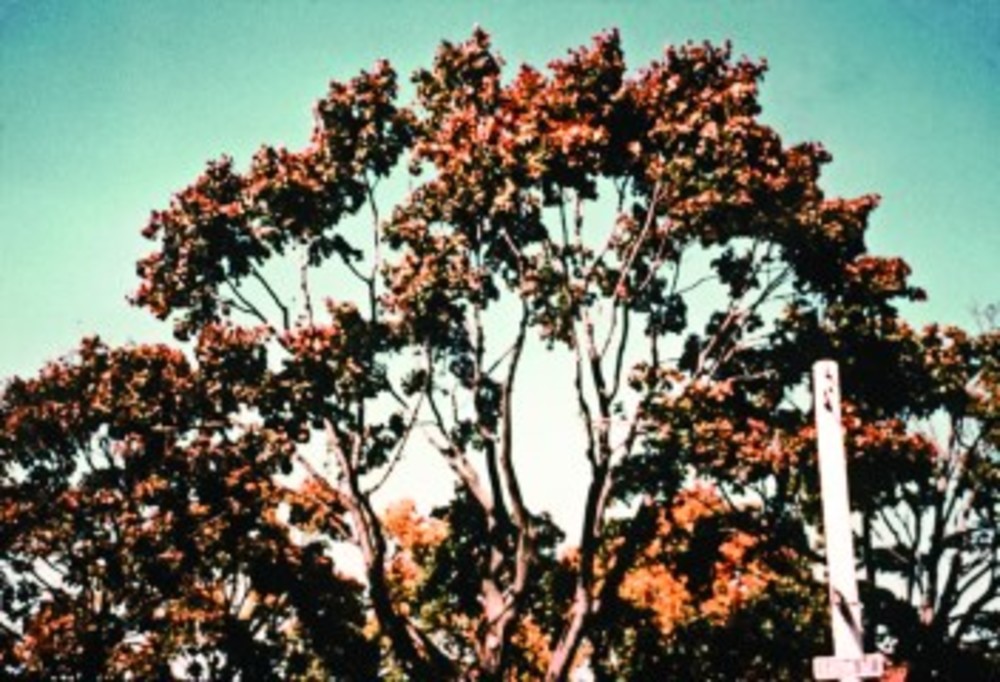Give your plants a fighting chance this winter
 CRANSTON – As yet another winter approaches, it would be wise to prevent the possible damage that extreme winter weather can do to our trees and shrubs. A fall inspection of trees’ structures for weaknesses is a good idea, paying special attention to faults and overly heavy branches. If it is an evergreen shrub with an upright habit, wrap it with jute twine for the winter to give it extra support. If you have a spreading shrub with an ice or snow load, periodically shake the ice or snow off of the plant so that the branches are not permanently damaged.
CRANSTON – As yet another winter approaches, it would be wise to prevent the possible damage that extreme winter weather can do to our trees and shrubs. A fall inspection of trees’ structures for weaknesses is a good idea, paying special attention to faults and overly heavy branches. If it is an evergreen shrub with an upright habit, wrap it with jute twine for the winter to give it extra support. If you have a spreading shrub with an ice or snow load, periodically shake the ice or snow off of the plant so that the branches are not permanently damaged.
Winter burn on evergreens is also an issue. On a warm winter day, evergreen leaves give up moisture. If the ground is frozen so that the roots cannot draw moisture from it, the foliage will give up more moisture than it can afford to, causing the tissue to burn. For this reason, give the root system a good soaking before the ground freezes, so that there is maximum moisture available when your plant needs it.
I often speak of preventive trimming of trees; this practice comes with a caveat. Poor trimming is more damaging than no trimming at all. Bear in mind that the word “trim” is generic. In a commercial setting, it means that someone is going to cut something, and the client is going to send them a check. For it to be trimming as opposed to ‘branch removal,’ there must be an understanding of the structure and the inner working of the plant to be trimmed. In other words, there must be a long-term goal in mind that has a positive effect on the plant.
A type of tree trim that is referred to as ‘lion tailing’ involves indiscriminately removing the branches, leaving only their ends. This changes the way a tree grows and distributes energy in a permanently detrimental way. Another common practice is pruning with climbing spikes. This practice is damaging and also illegal in Rhode Island.
I see quite a bit of plant work done that I would consider to be damaging by any horticultural standard. Many times when clients realize that something is not right on their property, they call me to evaluate the situation. The conversations are always similar. “The work was done by a professional.” I explain that the term “professional” means that the contractor takes payment for his service; it does not denote a degree of competence.
I could not close in good conscience without mentioning how climate change is affecting the insect and disease cycles. One of the most damaging new insect pests is the winter moth, which has been in our state for 4-5 years. This defoliator has one of the widest host ranges of any insect with which I have dealt.
It is easier to list what it does not eat, than what it does. Its favorites are Cherry, Oak, Maple, Linden, Apple privet, deciduous Azaleas, and many others. The moths in the reproductive stage fly around our lights in November and December; the young hatch sometime around April first. They crawl into the partially opened buds and feed before the leaf emerges. A property inspection is the best way to evaluate if the insect has reached a damaging level. If it has, a properly timed insect control application is highly recommended.
These few simple steps could save a great amount of plant damage this winter.
Editor’s note: Master gardener David Schwartz has been a practicing arborist since 1969. He has owned Schwartz Tree Care since 1984. He is a Master Gardener Hall of Famer, an ISA-certified arborist and a consulting arborist. Part of his practice involves being an expert witness for plant damage in court proceedings. Schwartz has been giving horticultural presentations to business and education groups, as well as to garden clubs for almost 25 years. His presentations deal with achieving practical results with trees and ornamentals.







